Hidden in Ground Roor Cellar Like Easy Cellar
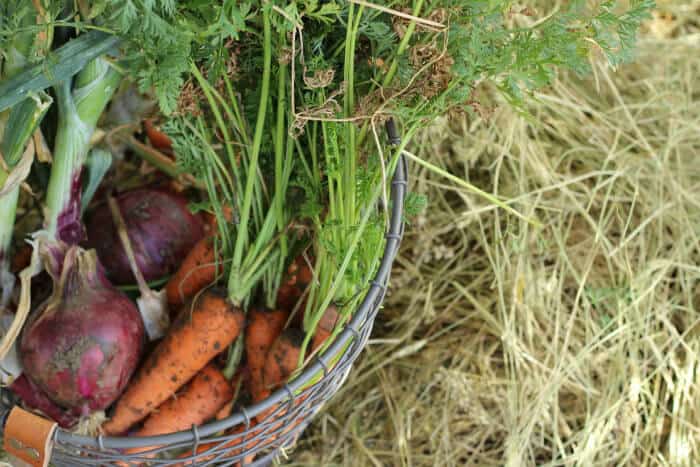
How is it that I always forget…
…just how much work it is to wrap up the garden at the end of the year?
For some reason, once the garden is in full-swing mid-summer, I tend to have the attitude that I'm "home free."
WRONG.
Even though it's October and a lot my plants are past their prime, there is still an amazing amount of food out there.
And I gotta get it out before a) the first frost comes, and b) before this baby comes.
So yeah, I'm feeling a bit of urgency right now.
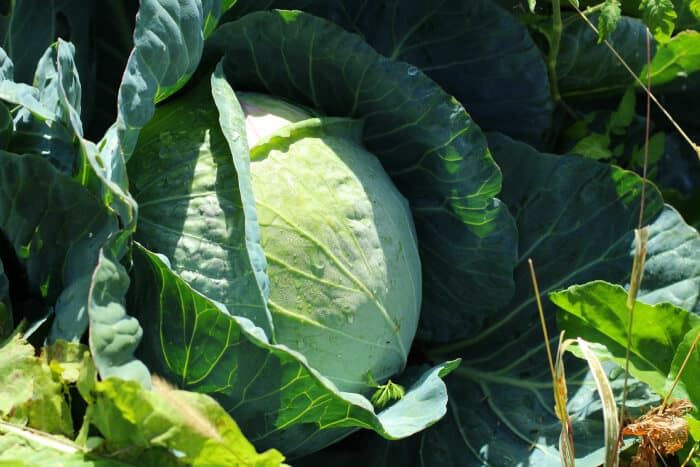
The catch?
I usually store my harvested veggies in our small unfinished basement space. However, thanks to our massive house remodel project, the basement is sorta difficult to access at the moment, and not super conducive to hauling pounds of produce in and out.
I don't have a root cellar yet (I know– some of you suggested we build one onto the new house, but we weren't quite ready to deal with the logistics/code issues that arise from having a exposed earth room attached to a finished basement…), so I decided to research root cellar alternatives this year.
Turns out, there are plenty of ways to store your lovely garden harvest without a root cellar. Here's a list to get your wheels turning—>
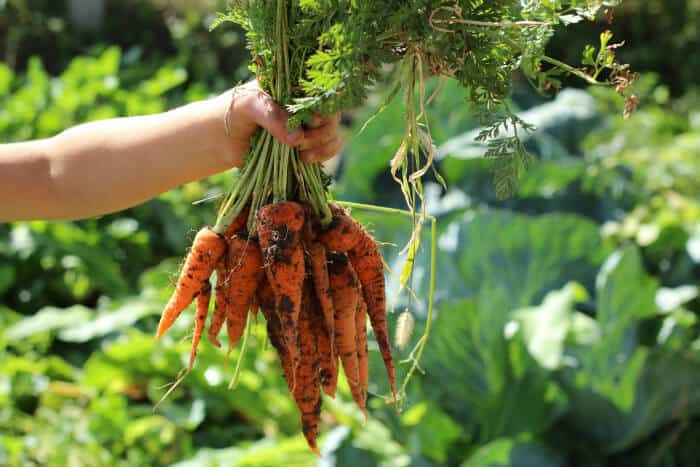
13 Root Cellar Alternatives
1. Trash Can Root Cellar
- Materials: metal trash can (with a lid), waterproof cover (like a tarp), straw, shovel
- Estimated Cost: Cheap
- Difficulty Level: Easy
- Description: Perfect for storing root vegetables, the Trash Can Root Cellar is simply dug into the earth, filled with your root veggies, covered with straw, and topped with both the tarp and the lid. Easy to upkeep and cheap to make!
- READ: How to Make a Trash Can Root Cellar
2. Bucket Root Cellar
- Materials: 5 gallon bucket (with a lid), drill, shovel, straw (optional)
- Estimated Cost: Very Cheap
- Difficulty Level: Easy
- Description: Potatoes, onions, and root vegetables work well with this very simple and easy Bucket Root Cellar. Dig the bucket into the earth, add the lid, and for extra protection, feel free to top it with a bale of straw.
- READ: How to Make a Bucket Root Cellar
3. Bury an Old Freezer (or Refrigerator)
- Materials: old chest freezer/fridge, PVC pipe, tarp, shovel
- Estimated Cost: Average
- Difficulty Level: Somewhat Difficult
- Description: As long as you are simply recycling an old chest freezer, this option is still pretty cheap. It can be a bit tricky if your freezer still contains freon (see post for more details), however, besides the freon issue, it's not too hard to bury an old freezer for holding your potatoes or root vegetables.
- READ: How to Bury an Old Freezer

4. Pallet Root Cellar
- Materials: 6 pallets, tarp, shovel, assorted tools for cutting pallets
- Estimated Cost: Cheap (if you can get free/cheap pallets)
- Difficulty Level: Medium
- Description: If you can get your hands on some pallets, you can make a mini root cellar under the earth for your dried goods and root vegetables.
- READ: How to Make a Pallet Root Cellar
5. Make a Cold Storage Room in Your Basement
- Materials: vents, insulation, assorted wood, assorted tools
- Estimated Cost: Average – Expensive (depending on what supplies you already own)
- Difficulty Level: Medium-Difficult
- Description: If you have the space in your basement for a cold storage room, this might be the best solution for you. It does take some careful research to understand how to circulate the air in your new cold storage room and how to manage the temperature and humidity levels.
- READ: How to Make a Cold Storage Room in Your Basement
6. Make a Zeer Pot
- Materials: 1 small clay pot with a lid, 1 large clay pot, sand, duct tape
- Estimated Cost: Cheap
- Difficulty Level: Easy
- Description: Zeer pots are pretty fascinating. They can keep your food cool due to water evaporation from the combo of a large clay pot, sand, and small clay pot. It's easy to make and could be a fun way to teach science to your kids.
- READ: How to Make a Zeer Pot
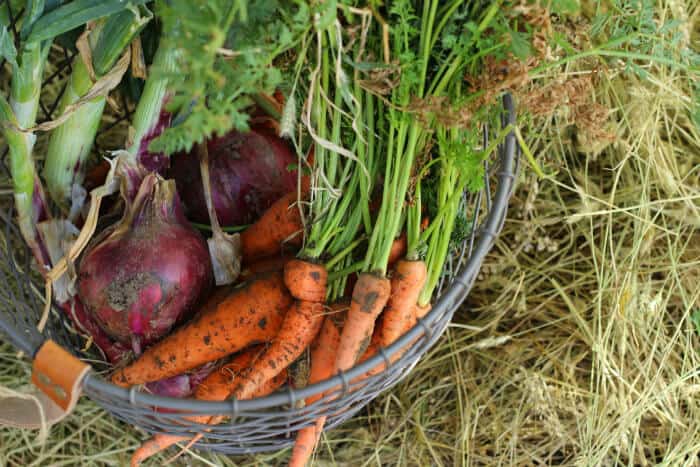
7. Build a Spring House
- Materials: small creek or stream on your property, assorted tools, assorted lumber
- Estimated Cost: Expensive
- Difficulty Level: Difficult
- Description: If you are fortunate to have fresh running water on your property, you might be able to make a spring house. These beautiful buildings are a very traditional way of storing your food. The cool water keeps the spring house at steady temperatures for food storage.
- READ: How to Make a Spring House
8. Make a Storage Clamp
- Materials: straw, shovel
- Estimated Cost: Cheap
- Difficulty Level: Easy
- Description: A Storage Clamp is a very old way of storing potatoes and root vegetables. It is incredibly easy: find some level ground, cover with straw, top with your vegetables, and then add more straw. Easy.
- READ: How to Make a Storage Clamp
9. Using Your Garage/Outbuilding
- Materials: assorted tools, lumber, insulation
- Estimated Cost: Cheap-Average (depending on the condition of your garage/outbuilding)
- Difficulty Level: Easy-Medium
- Description: If you live somewhere with cold winters, you can often use your garage or outbuilding as a "seasonal cellar" for your root vegetables. Even if your garage/outbuilding is insulated, it's not a bad idea to add another layer of insulation to keep the temperatures stable. Place your veggies in old coolers or cardboard boxes and put in a dark and cool place.
10. Use Your Attic
- Materials: assorted tools, lumber, insulation
- Estimated Cost: Cheap-Average (depending on the condition of your attic)
- Difficulty Level: Easy-Medium
- Description: If you have an attic and you live somewhere with cold winters, you can often use your attic as a "seasonal cellar" for your produce. Just like with your garage/outbuilding, it's always best to double up on the insulation for stable temperatures and keep your produce in cardboard boxes or old coolers.
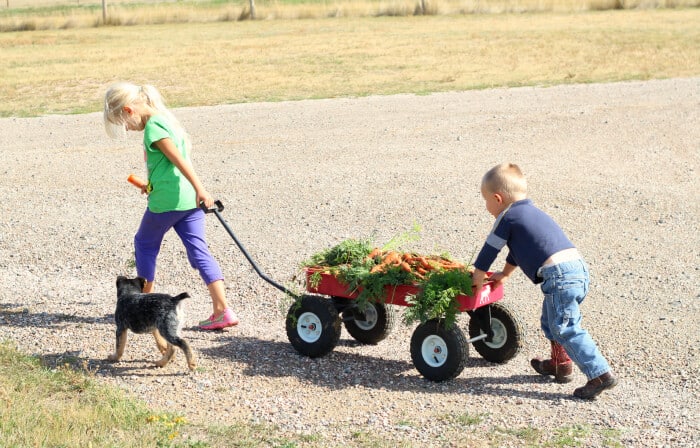
11. Make a Food Storage Shelf
- Materials: assorted tools, lumber, etc.
- Estimated Cost: Average
- Difficulty Level: Medium
- Description: Even a spare bedroom or your pantry can hold fruits and vegetables for long storage, as long as the shelves keep your produce dark and cool. There are plenty of ways to make shelves for this, but here is my favorite DIY plans:
- READ: How to Make Food Storage Shelves
12. Store Vegetables in Cardboard Boxes
- Materials: cardboard boxes, straw/peat moss/sand/newspaper/filling
- Estimated Cost: Cheap
- Difficulty Level: Easy
- Description: If you have a cool place available (even under a bed!), you can simply use cardboard boxes and whatever filler you have available to store your root vegetables.
- READ: How to Store Root Vegetables in Cardboard Boxes
13. Store Root Vegetables in Sand
- Materials: sand, containers
- Estimated Cost: Cheap
- Difficulty Level: Easy
- Description: Use whatever boxes/old coolers/storage containers you have handy, and fill them with the fine sand you use in children sandboxes. This is one of the easiest and cheapest ways to store your produce.
- READ: How to Store Root Crops in Sand
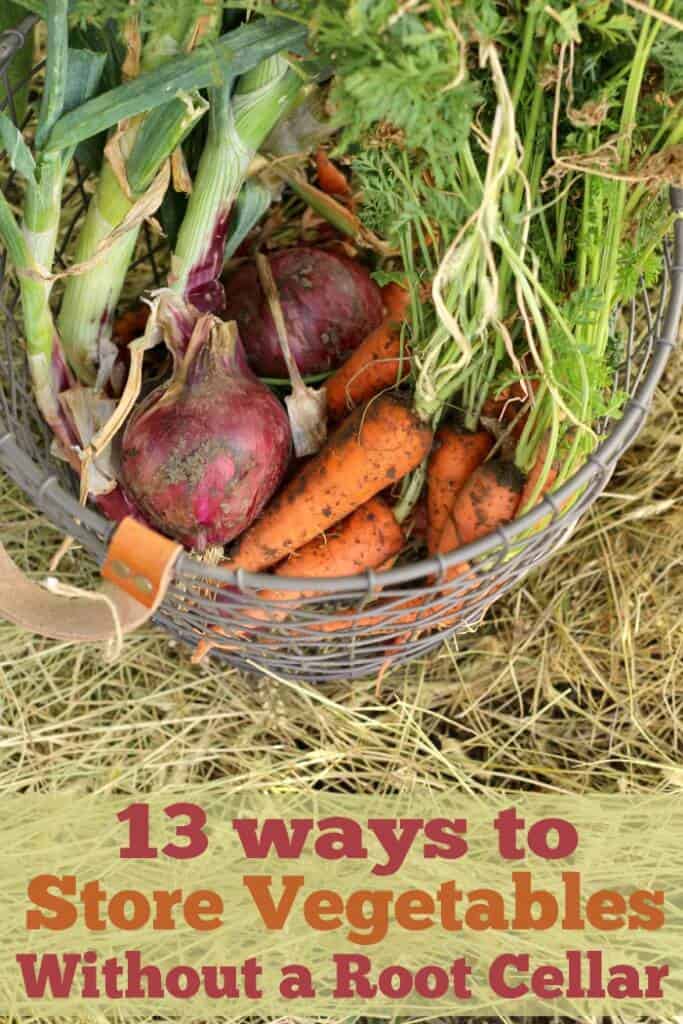
Other Posts to Help You with Harvest
- 5 Ways to Preserve and Store Carrots
- 4 Ways to Save and Ripen Green Tomatoes
- 40+ Ways to Preserve Tomatoes
- How to Prepare Your Garden for Winter
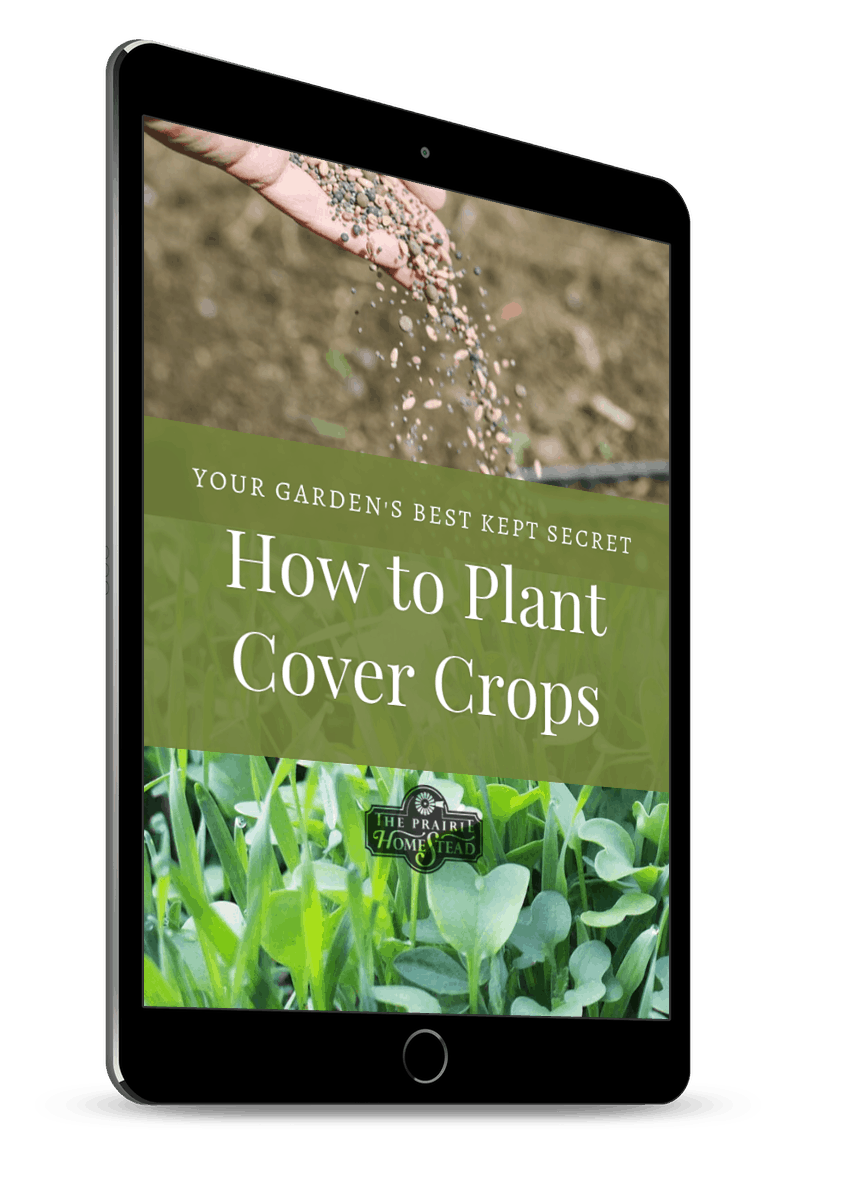
Your Garden's Best Kept Secret!
Boost your garden soil's health and fertility with my Cover Crop Guide! It's included as a part of my FREE digital homestead library. Enter your best email for instant access! >>
You may also like these posts...
Reader Interactions
Trackbacks
pressleyanots1962.blogspot.com
Source: https://www.theprairiehomestead.com/2015/10/root-cellar-alternatives.html
0 Response to "Hidden in Ground Roor Cellar Like Easy Cellar"
Post a Comment